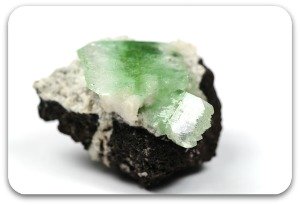Rocks and minerals facts and information, plus a great lesson your students will love to take a bite out of.
Minerals are the building blocks of rocks. Minerals will look the same both inside and out.
Rocks, on the other hand, are made from minerals and may not look the same on the inside as what you see on the outside. The colors and textures vary in rocks because they are made of so many different minerals.
Often a geologist will break open both rocks and minerals to help them identify or classify a sample.
Since this often involves tools that aren’t readily available in the elementary classroom, this is a great activity to have your kids behave like geologists and practice sorting samples based on what they find inside their “rocks.”
Special Note: I read on a site the other day where someone was saying that there should be no eating in science. Oh come on. Isn’t taste one of our senses? Doesn’t it make science more engaging to some of our learners?
Relax and enjoy – our goal here is to teach our standards in a meaningful way, stimulate their brains with novel activities and get our students excited about science.
Candy Classification of Rocks and Minerals
Purpose:
To help students learn the difference between rocks and minerals.
Preparation:
You will need to purchase a variety of different types of candy. The candy will be the “rocks” and “minerals” the children will be exploring.
Each type should be soft enough for the students to bite in half. Suggestions are:
- Peanut M&Ms;
- KitKat Bites
- Hershey Kisses – plain
- Hershey Kisses – with almonds
- Jelly Beans
- Chocolate Chips
- Jolly Rancher Gummies
- Mighty Malts
Have the candies divided up before the lesson small trays, one tray per student.
Tell the students:
You are a world famous geologist, and you have been collecting a variety of rocks and minerals in the mountains of Europe for the past few months.
Your rocks and minerals are on the tray in front of you. Your job is to sort them into two groups, either as rocks or as minerals. Open each one by biting into it. You may eat the half you bite, but save the other half for classifying.
